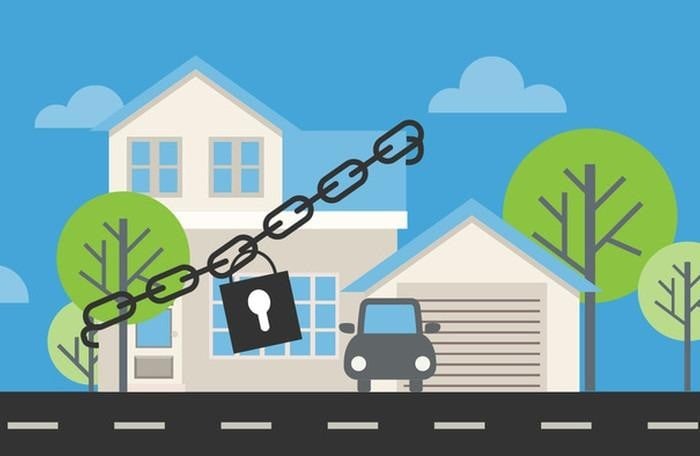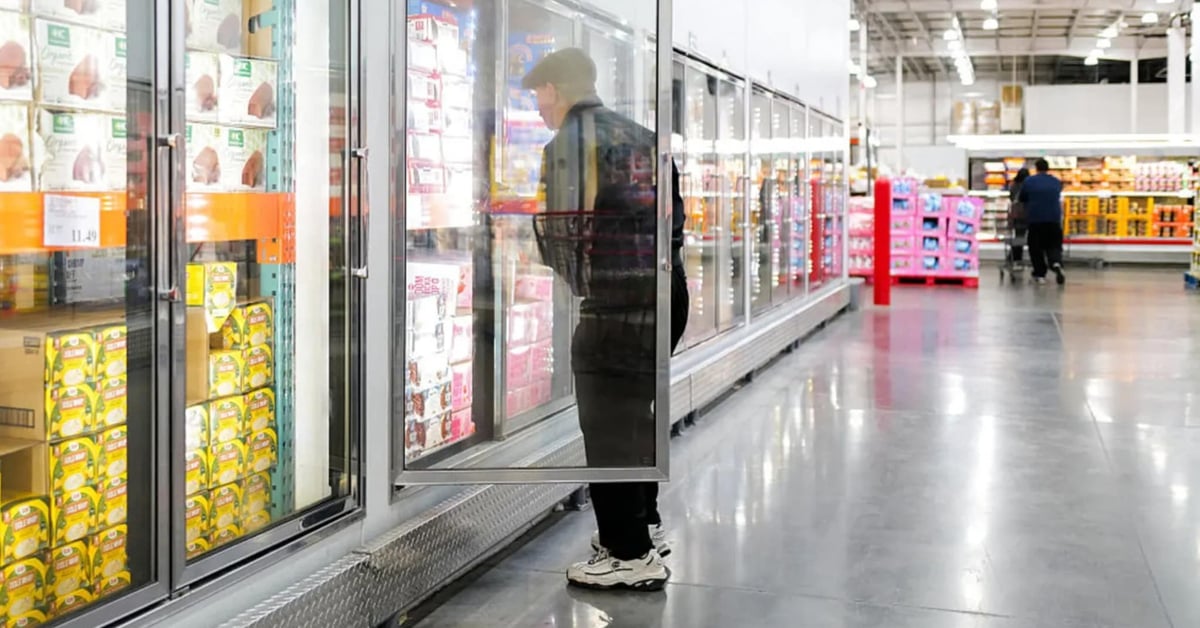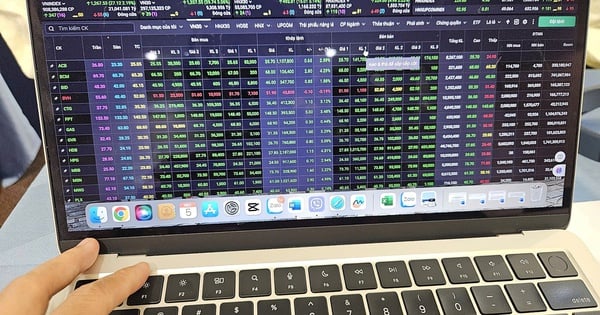In a report recently sent to the National Assembly, the State Bank said that since 2012, credit institutions have actively improved asset quality, controlled credit quality and handled bad debts, especially efforts to handle bad debts by urging debt collection and using risk provisions.
As a result, from 2012 to the end of July 2023, the entire system has handled 1,695.7 trillion VND of bad debt. Of which, credit institutions handled at a high level 1,271.7 trillion VND (accounting for 75% of the total bad debt handled), the remaining 424 trillion VND was sold (including to VAMC and other organizations and individuals), accounting for 25% of the total bad debt handled.
In the first 7 months of 2023 alone, the entire system handled 128.8 trillion VND of bad debt, an increase of 46.3% over the same period last year.
In addition to handling bad debts on the balance sheet, the results of handling bad debts determined according to Resolution 42 also achieved positive results. Accumulated from the time the Resolution took effect (August 15, 2017) to the end of July 2023, the entire system has handled about VND 425.9 trillion of bad debts determined according to Resolution 42.
By the end of July 2023, the on-balance sheet bad debt ratio was 3.56%58 (higher than the 2.0% at the end of 2022 and the 1.69% at the end of 2020). The on-balance sheet bad debt ratio, unprocessed VAMC debt and potential debt59 of the credit institution system was 6.16% of the total outstanding debt.
According to the National Assembly's resolution, by the end of 2025, strive to bring bad debt of the entire credit institution system (excluding weak commercial banks) to below 3%, including bad debt on the balance sheet, bad debt sold to VAMC that has not been processed or recovered, and debt with the potential to become bad debt.
The State Bank of Vietnam (SBV) believes that in the coming time, the credit quality of the credit institution system may continue to be under pressure from many factors. The domestic and international macroeconomic developments have many unfavorable points, affecting production and business activities, customers' ability to repay debts, increasing bad debts, putting pressure on the provisioning for bad debt settlement as well as the progress of handling collateral assets of bad debts of credit institutions.
Meanwhile, the handling of bad debt still faces many difficulties. Some of the reasons identified by the State Bank are that businesses are suffering from adverse and negative impacts from the external environment, reducing the ability of households and businesses to pay overdue debts;
The legal framework related to restructuring credit institutions and handling bad debts has not been completed; there is a lack of mechanisms and preferential policies to encourage domestic and foreign investors to participate in handling secured assets and buying and selling bad debts, etc.
In addition, the debt repayment awareness of a segment of customers is still low, lacking initiative, uncooperative, sluggish, and resistant in debt repayment and handing over secured assets, causing the process of debt collection and handling of bad debts of credit institutions to be prolonged and ineffective.
According to the State Bank, the restructuring of weak credit institutions still lacks resources and specific mechanisms to thoroughly handle them. Some state-owned corporations and groups lack resources to handle losses and restructure non-bank credit institutions of which they are owners or major shareholders.
The State Bank said that in the coming time, it will continue to perfect the legal framework on currency, banking activities, restructuring and handling bad debts on the basis of fully complying with the laws of the market economy, following international practices and meeting integration requirements, in accordance with practical conditions in Vietnam.
Strengthen inspection, examination and supervision of the operations of credit institutions, paying attention to credit quality and bad debt handling of credit institutions to detect potential signs of risks and violations of the law in order to take appropriate preventive and handling measures.
Source





![[Photo] Closing of the 11th Conference of the 13th Central Committee of the Communist Party of Vietnam](https://vstatic.vietnam.vn/vietnam/resource/IMAGE/2025/4/12/114b57fe6e9b4814a5ddfacf6dfe5b7f)

























![[Photo] Overcoming all difficulties, speeding up construction progress of Hoa Binh Hydropower Plant Expansion Project](https://vstatic.vietnam.vn/vietnam/resource/IMAGE/2025/4/12/bff04b551e98484c84d74c8faa3526e0)





























































Comment (0)